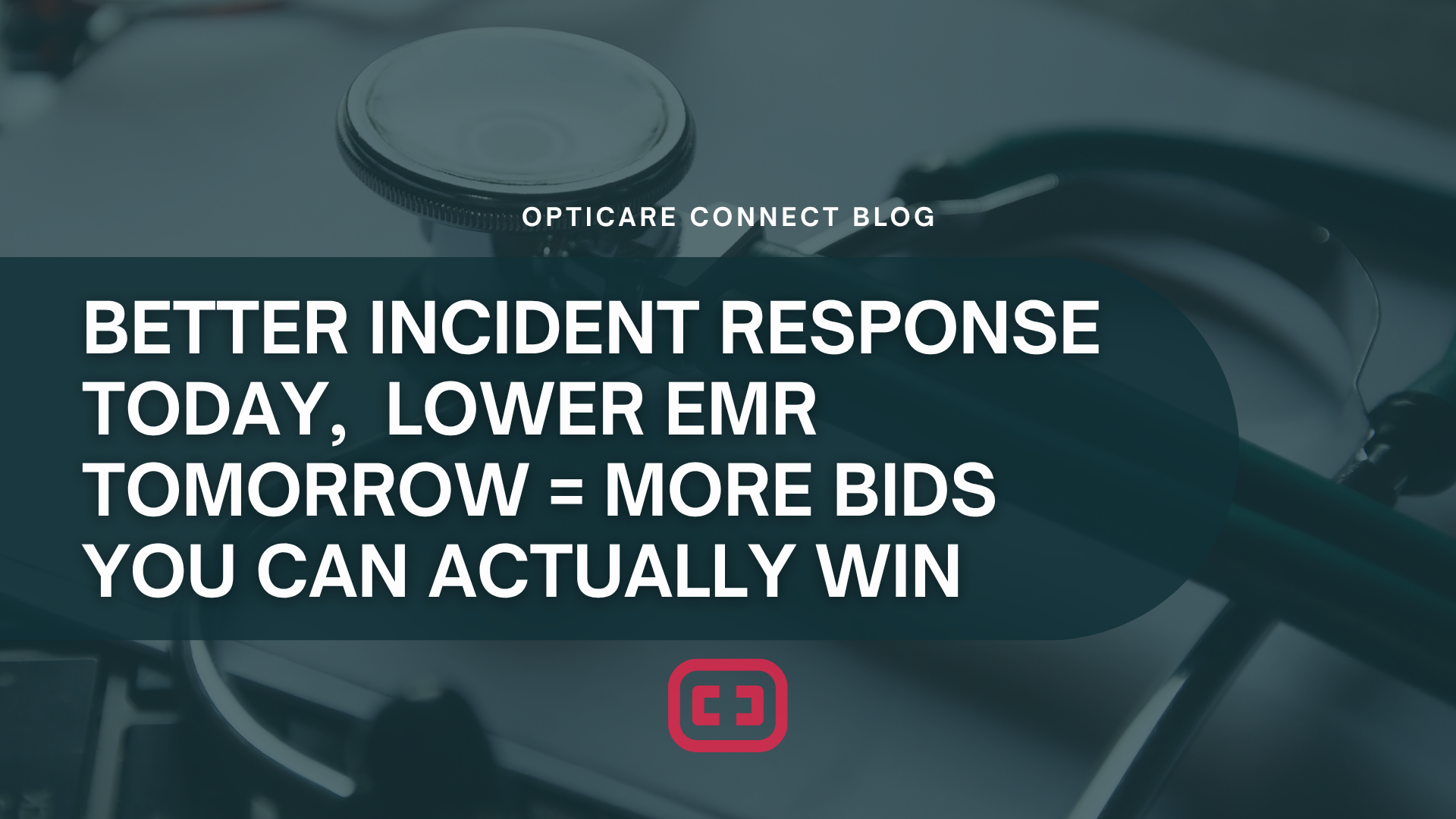
Last week, a contractor told me he lost out on a $2 million project because his EMR was 1.12. The bid requirement was 1.1 or lower. He missed it by .02—a margin so thin you could barely see it, but wide enough to cost him everything. The worst part? Six months ago, he could have done something about it. But by the time he realized his EMR was creeping up, it was already shaping which contracts he could chase.
Read More
The incident happened yesterday. The paperwork is done today. But what about tomorrow—when your team is back on the floor doing the exact same task that nearly got someone hurt? If your post-incident process ends with a filed report, you're missing the moment that matters most: the brief window where you can turn "what went wrong" into "what we'll do differently right now."
Read More.png)
Every year, approximately 22 million American workers are exposed to hazardous noise levels on the job. Without proper hearing conservation programs, many will experience permanent, preventable hearing loss—costing businesses thousands in workers' compensation claims while robbing employees of their quality of life. Fit-for-duty hearing testing is your first line of defense.
Read More.png)
Workplace safety isn't just about what you can see—it's also about what you hear. According to OSHA, 22 million U.S. workers face potentially damaging noise exposure annually. This silent hazard can lead to permanent hearing loss, reduced productivity, and increased workplace incidents.
Read More
OCTOBER IS NATIONAL PROTECT YOUR HEARING MONTH • 22 million U.S. workers are exposed to hazardous noise • 58% of construction workers have hearing loss • 53% of exposed workers don't wear protection • $242 million in annual workers' comp claims Hearing loss is permanent but preventable. This month, we're sharing the statistics, solutions, and action plans your company needs to protect your workforce. ➜ Download Your Free Hearing Conservation Checklist
Read More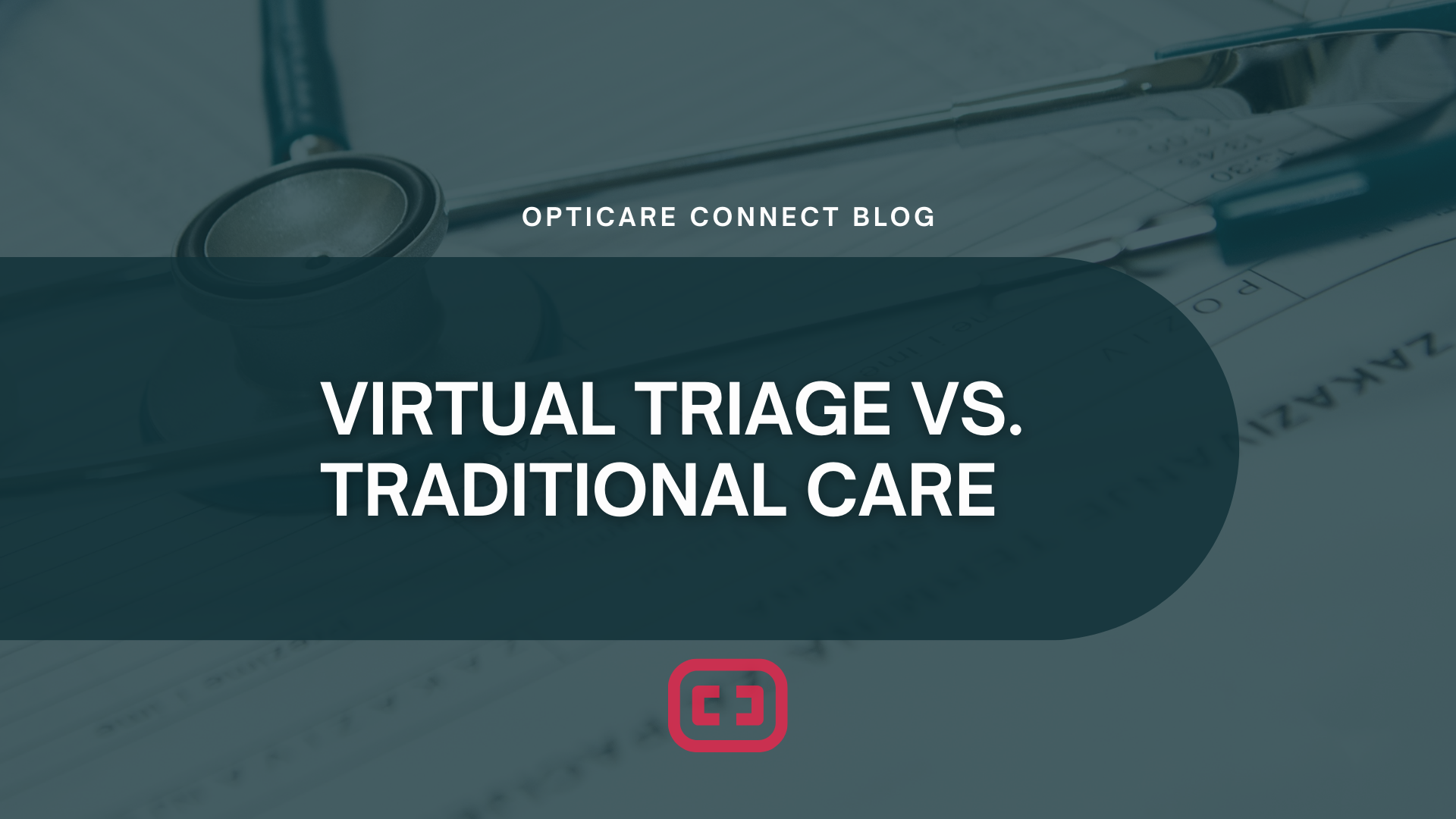
It's 3 AM, someone gets hurt on your night shift, and you're faced with the same terrible choice: Drop $3,000 at the ER for what's probably a minor cut, or cross your fingers and hope it doesn't get worse by Monday. Sound familiar? There's finally a better way.
Read More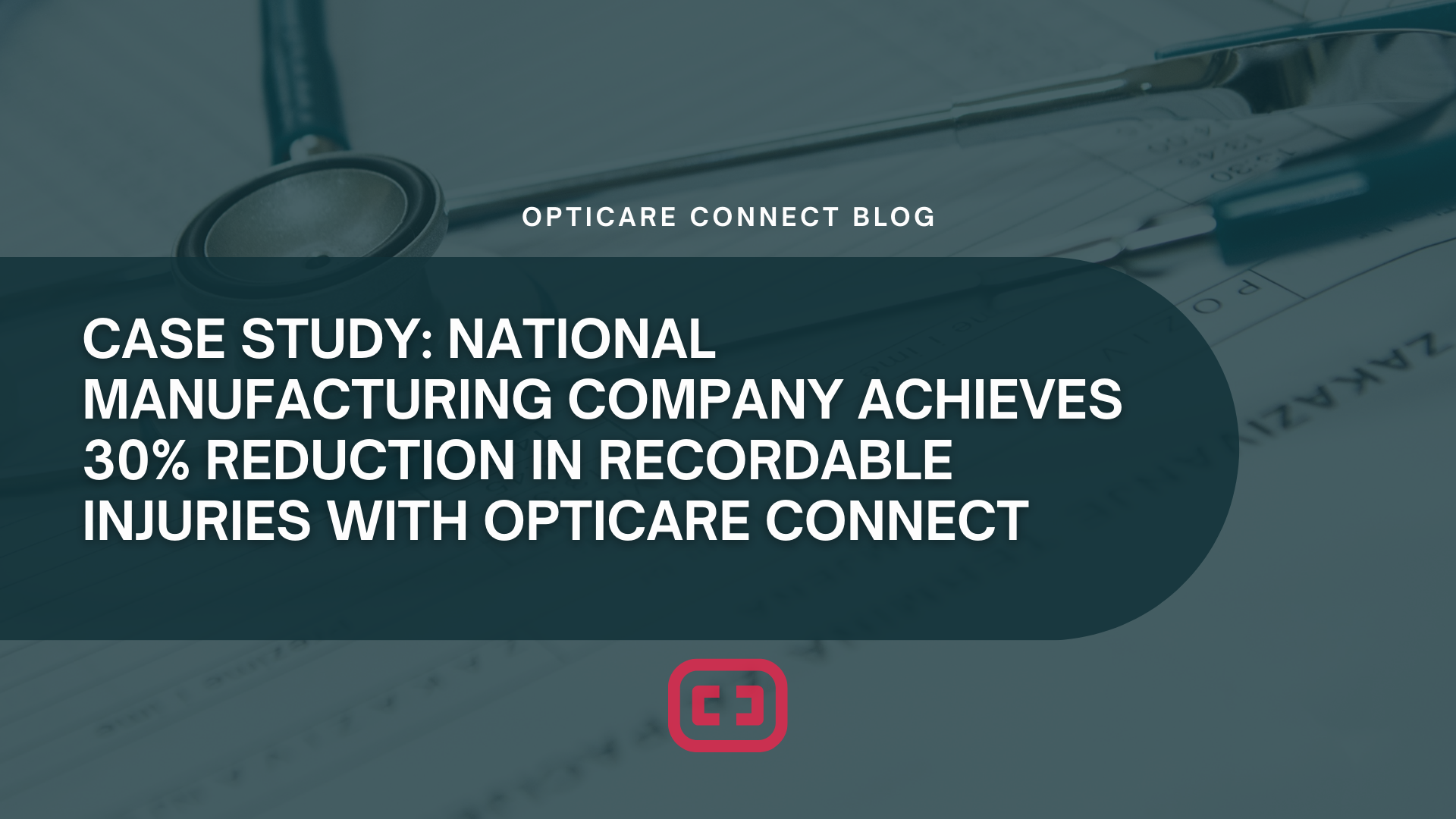
A multi-location manufacturing company with operations across the United States implemented OptiCare Connect's virtual triage program to address rising workplace injury costs and inconsistent care quality. This case study highlights how the implementation of virtual telehealth for workplace injuries resulted in a 30% reduction in recordable injuries, 69% on-site resolution rate, and perfect employee satisfaction scores, while successfully scaling across all 14 national facilities.
Read More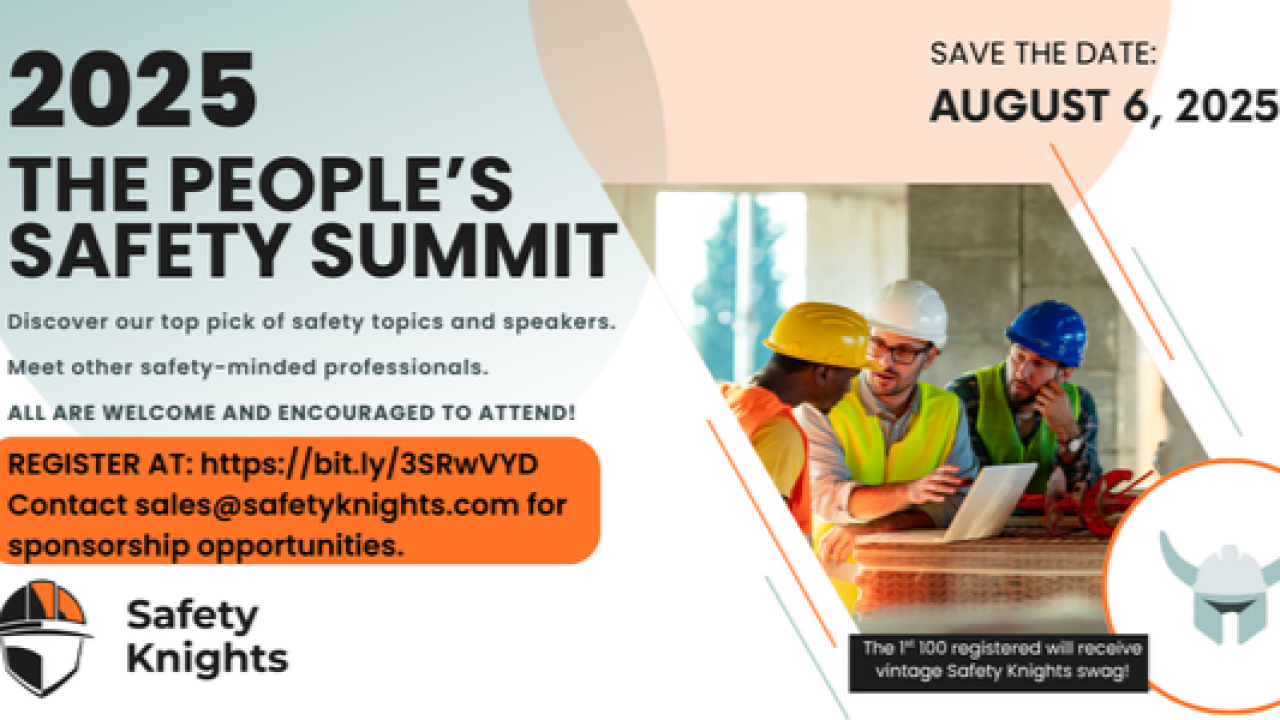
Breaking down traditional barriers to safety education, OptiCare Connect has partnered with Safety Knights as a sponsor of The People's Safety Summit 2025, supporting the free virtual conference that connects EHS professionals worldwide without the cost and travel limitations of conventional events
Read More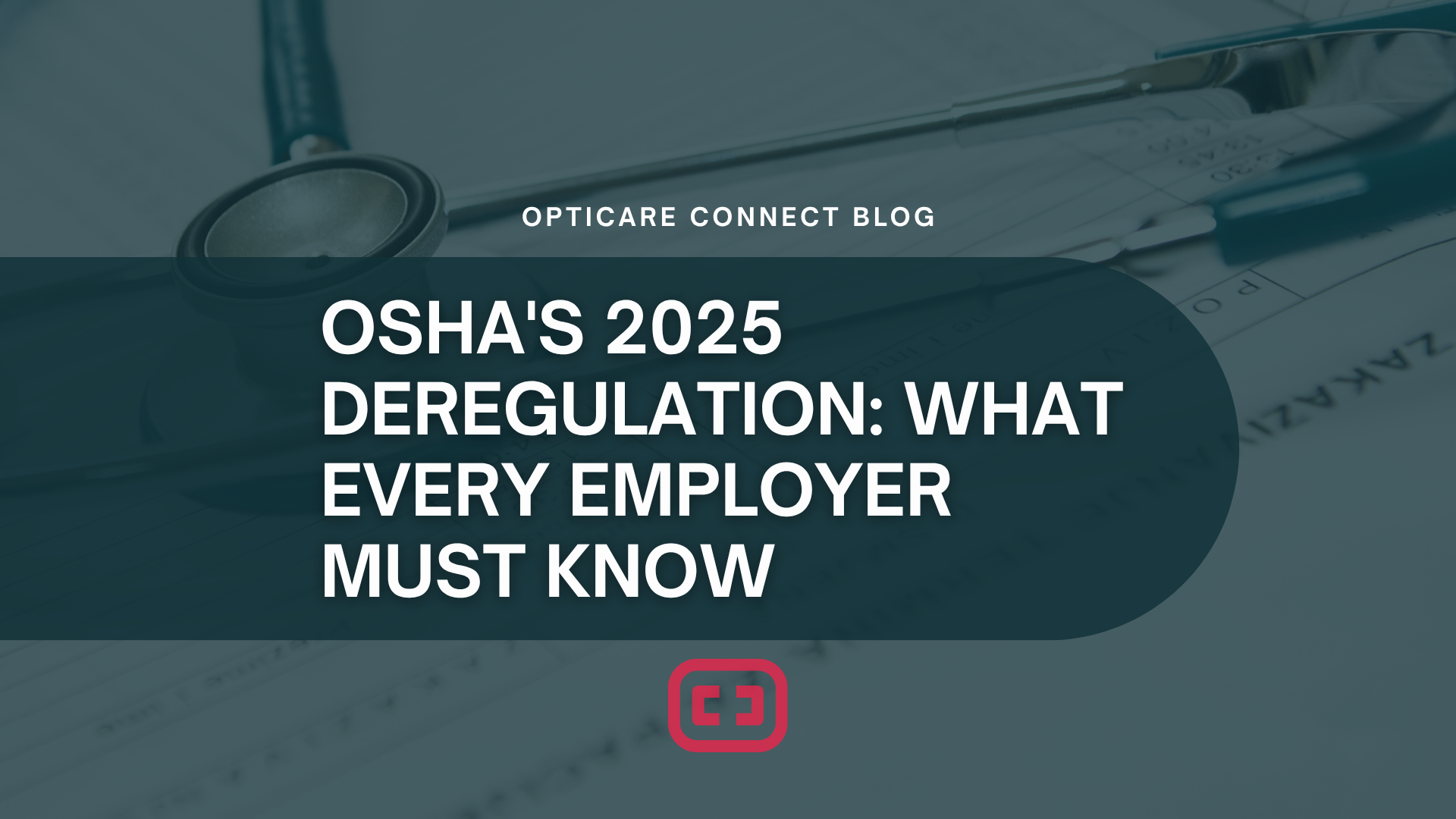
Twenty-six proposed OSHA rule changes published on July 1, 2025, mark the beginning of the most comprehensive workplace safety deregulation in the agency's history. From limiting General Duty Clause enforcement to streamlining respiratory protection standards, these changes will fundamentally alter how employers approach occupational health compliance across every major industry.
Read More